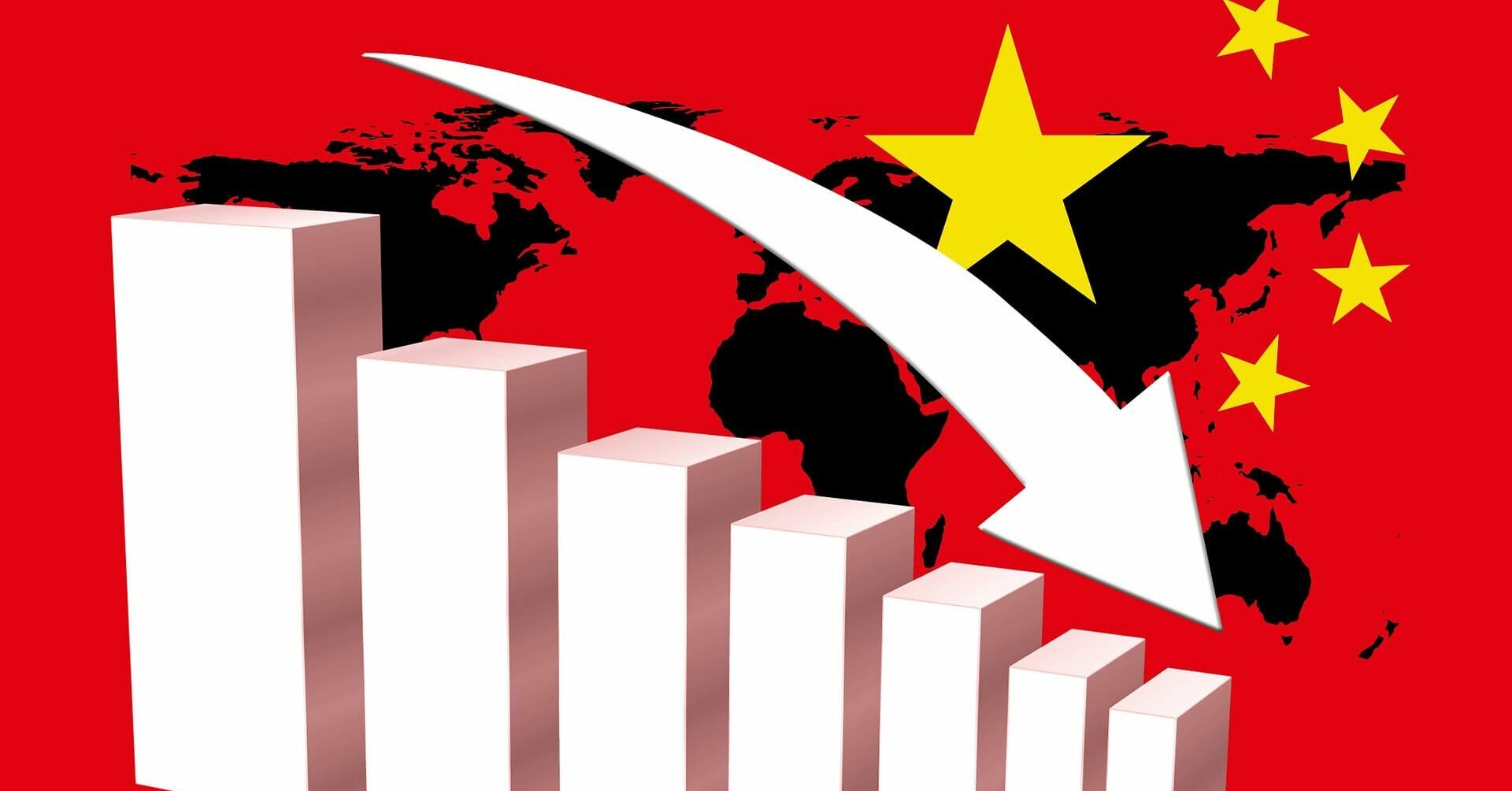The crypto crash: Why did it happen and what does it mean for other tokenised markets?
07th Jul 2022
In January 2009, the first Bitcoin came into existence with the mining of block number 0 which had a reward of 50 Bitcoins. This led to thousands of cryptocurrencies following suit and 13 years of turmoil in the cryptocurrency market characterised by spikes and crashes fuelled by a cult-like obsession from ‘innovative’ investors and dosed with a large amount of scepticism from seasoned stock traders.
A cryptocurrency is a decentralised peer-to-peer electronic exchange, enabling people to send money directly to one another without an intermediary such as a bank or third party. It was created in response to the lack of trust in banks and government’s centralised control of money following the of 2008 recession.
The cryptocurrency market has fluctuated hugely over the years with Bitcoin accounting for a third of the market’s total value. At its peak in late 2021, Bitcoin hit over $68,000, leaving a lot of people who had been watching the market wondering if the cryptocurrency bubble was going to pop anytime soon.
The crash
The recent crypto crash has been attributed to a few factors, including the war in Ukraine, inflation fears, and higher interest rates. The rise in inflation stalling post-pandemic growth on both sides of the Atlantic, and a feeling that technology has generally been overvalued over the past few years, led to the initial decline in value.
In May 2022, the market continued to drop further as cryptocurrency project, terra, dropped from a previous value of more than $50 billion to close to worthless. Other cryptocurrencies followed suit with similar projects seeing their values tumble, as investors feared they would follow.
A further slump in June of this year was triggered by the demise of Celsius, a major US cryptocurrency lending platform, after it froze withdrawals and transfers due to “extreme” conditions. Bitcoin slid to $23,476 and Ether, the second largest cryptocurrency after Bitcoin, tumbled by 16% to $1,177, the lowest price since January 2021.
China’s continued crackdown on cryptocurrencies and fears that Russian cryptocurrency activity would cease altogether, will fuel nervousness around the stability of the sector as well as start to cast doubts over the sector’s ability to rally.
Why are cryptocurrencies so volatile?
Cryptocurrencies have no underlying assets, which means that price movements aren’t as likely to be influenced by the performance of the business as with most company shares. The movements are based almost purely on speculation and valuation from investors as well as wider macroeconomic influence.
The external forces which can cause cryptocurrencies’ huge fluctuations in short timeframes can be off-putting to those looking for a more stable and institutional style of investment with more substantially backed assets and stocks. For those looking to make quick gains, however, the volatility might present an attractive short-term investment opportunity.
Whilst cryptocurrencies may be unstable and subject to speculative investment, the base upon which they are built, blockchain, is conceptually interesting with enormous potential for other, diverse applications such as non-fungible tokens (‘NFTs’).
Does this apply to NFTs?
The NFT sector has been thriving since mid-2021 with sales reaching $41 billion in February 2022. The rapid growth was experienced across digital gaming, art and online content assets, with a digital art piece, The Merge by Pak, fetching an astounding $91.8 million.
NFTs have been used to represent and ‘tokenise’ physical objects such as luxury goods and artwork, with recent experiments being undertaken as a way of providing liquidity in assets that are notoriously more difficult to shift, such as real estate.
As with cryptocurrencies, NFTs have individual blocks which act as immutable proof of ownership and provenance. This makes them harder to forge, steal or debunk, and creates the opportunity for secure ownership of shares of a tokenised asset. NFTs could become important new instruments of fractional asset ownership.
The possible applications of NFTs have begun to pique interest as many believe that the next big breakthrough will be to designate ownership for virtual goods in the metaverse, a hypothetical iteration of the Internet as a single, universal and immersive virtual world that is facilitated by the use of virtual reality (‘VR’) and augmented reality (‘AR’).
The issue around much of the tokenised world is the lack of regulation, and therefore the hesitation to adopt these technologies and integrate them into mainstream markets. The legal and regulatory considerations will start to absorb more of the conversation and become fundamental in the investment decision consideration in whether to invest and partake or not.

 X.com
X.com LinkedIn
LinkedIn

